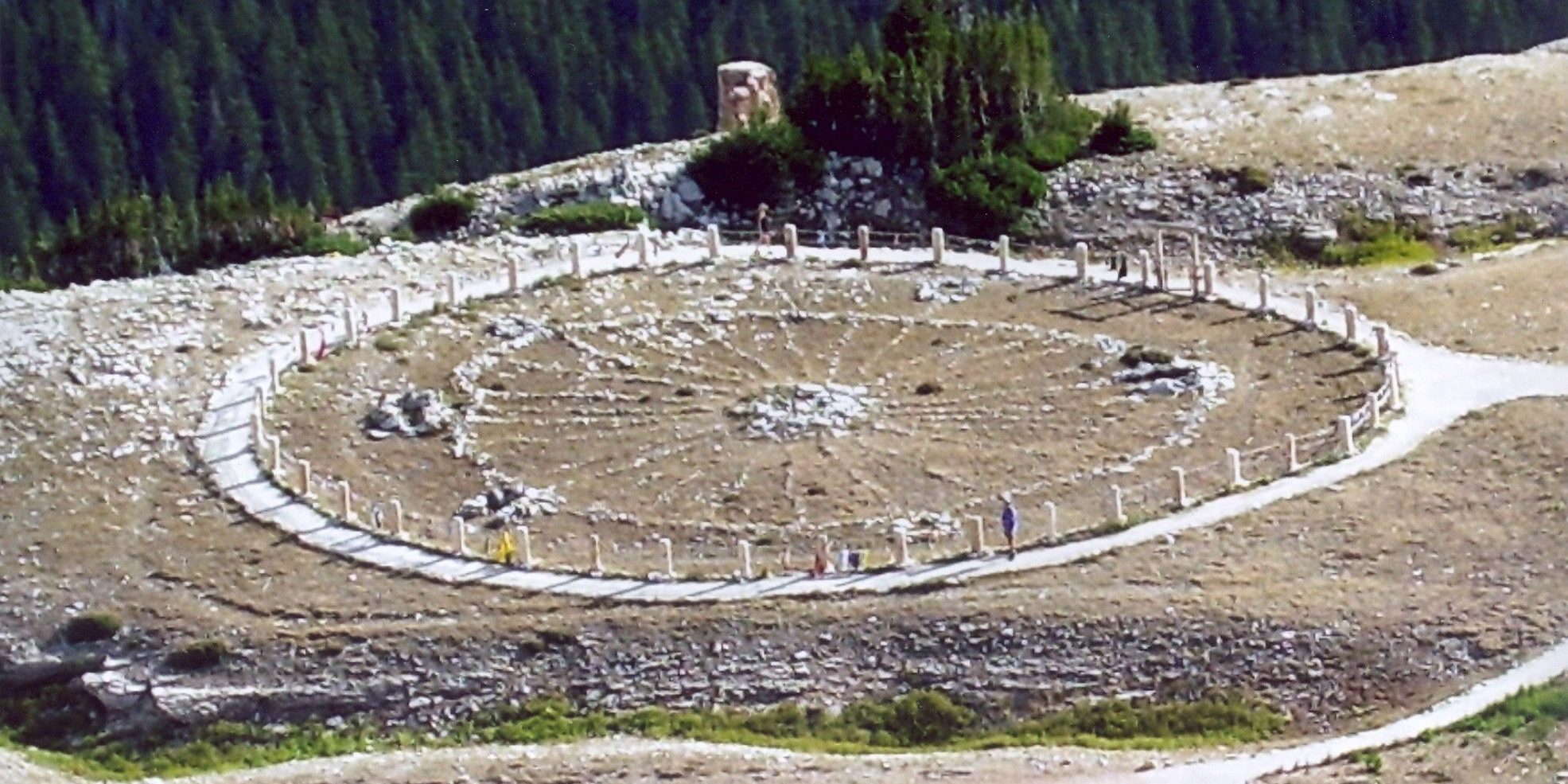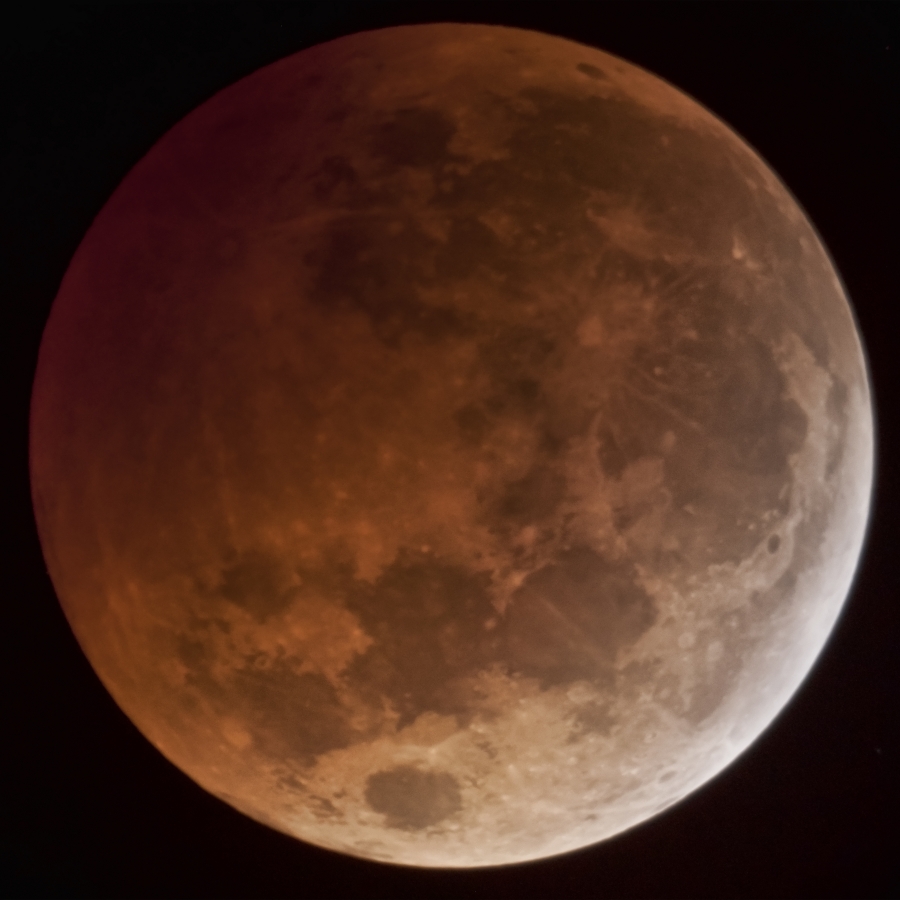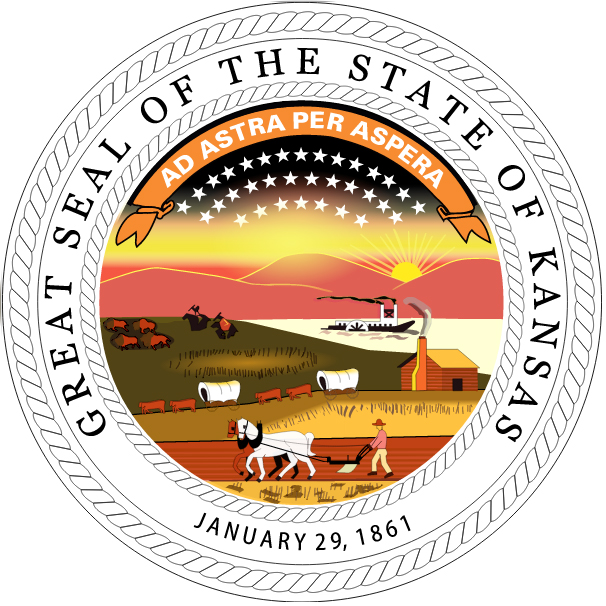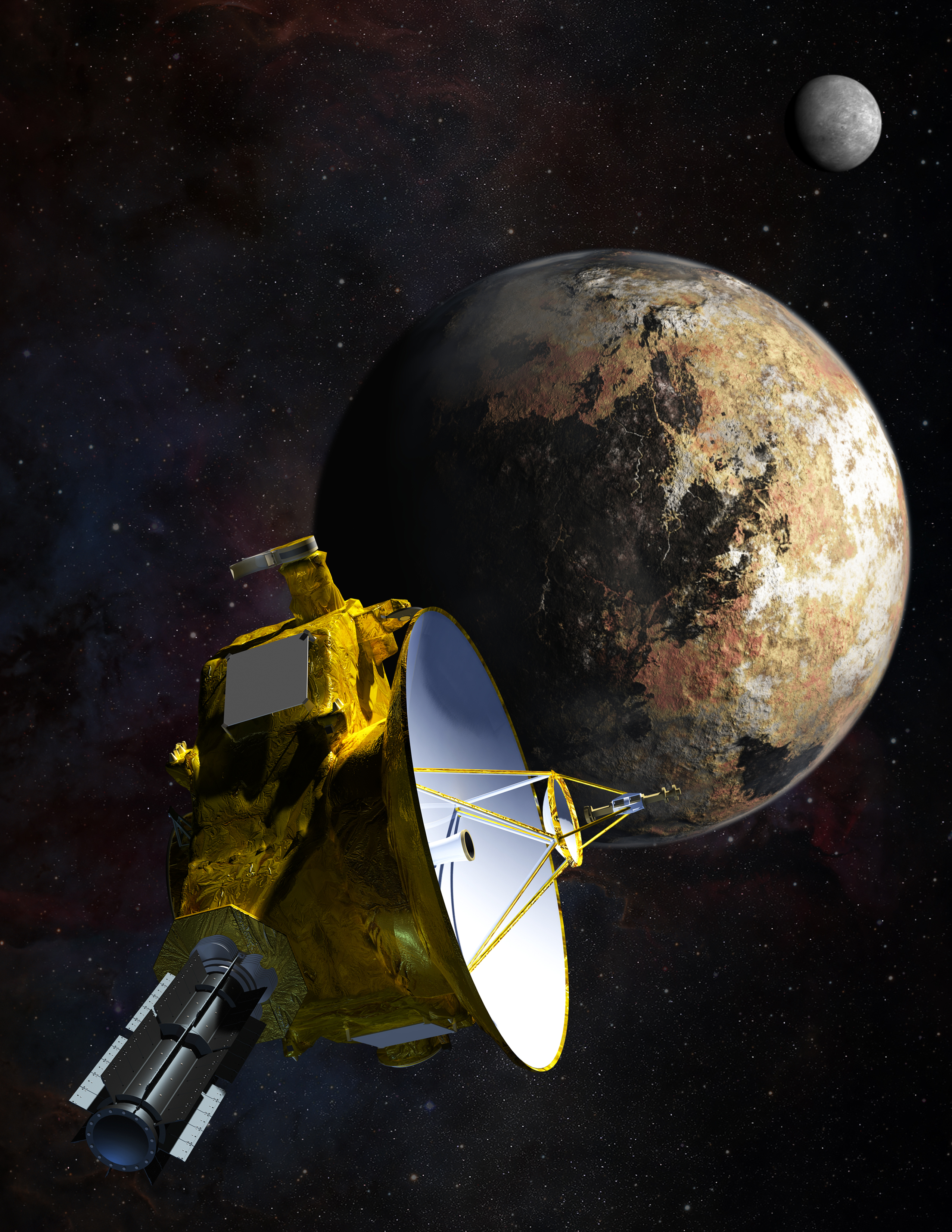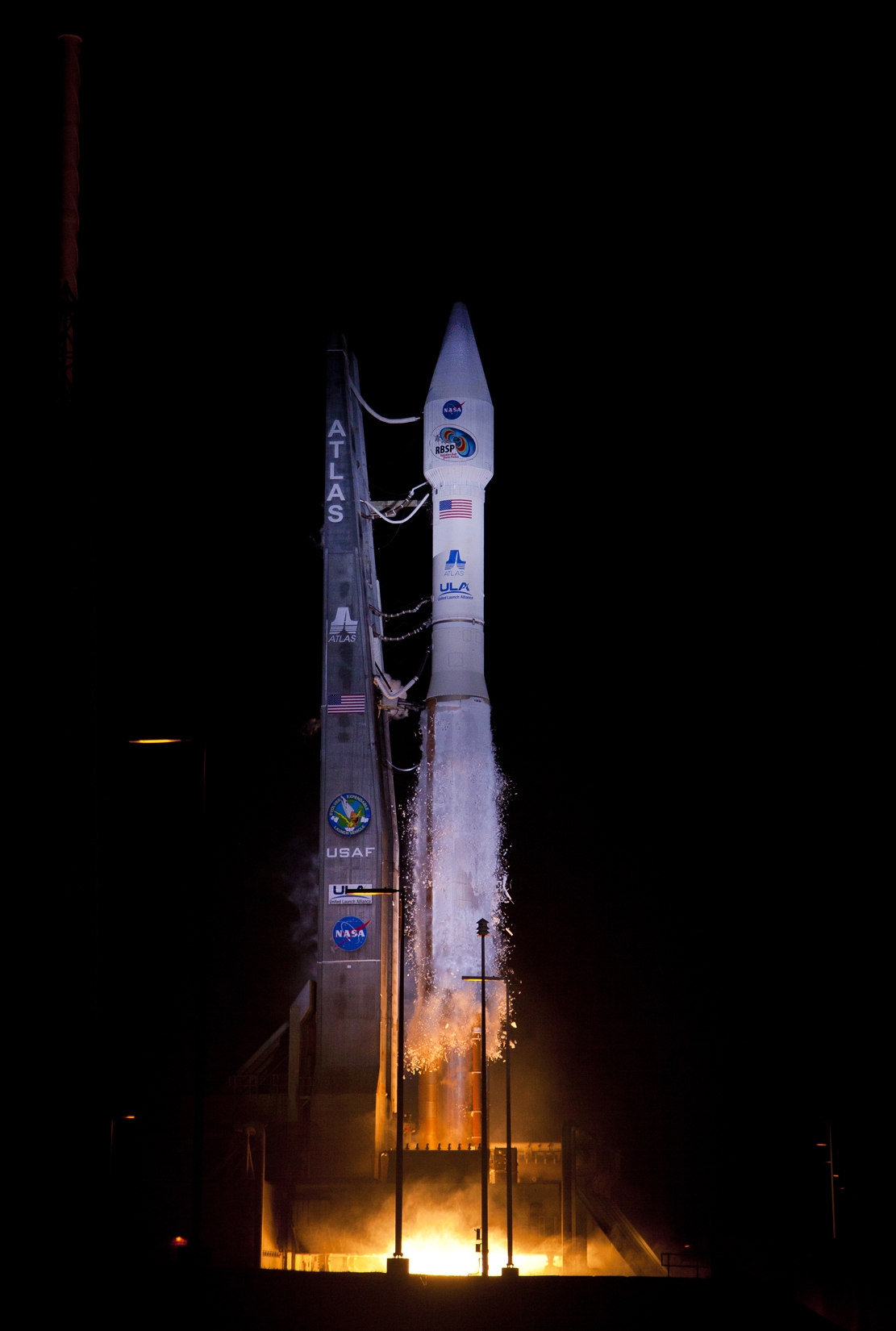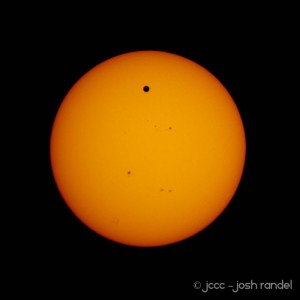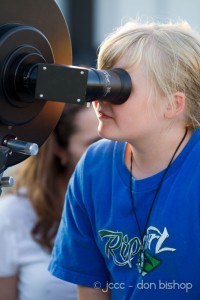On Saturday, April 21st, at 7:30pm in the Craig Auditorium, the JCCC Astronomy Department will host its Evening with the Stars public open house event. The evening will begin with a talk by JCCC Professor of Anthropology, Dr. William McFarlane.
Archeoastronomy: Between the Heavens and Earth
How did prehistoric peoples conceive of their place in the cosmos? What was their relationship with the sun, moon, stars and other celestial phenomena? In what ways did their interaction with the sky shape their lived experience? And, how do we know? We will attempt to answer these questions by reviewing the evidence, interpretations, and implications of the emerging field of Archaeoastronomy.
After the talk, and weather permitting, Professors of Astronomy Dr. Doug Patterson and Prof. William Koch, will lead a tour of the night sky at the Paul Tebbe Observatory (CLB rooftop). Notable objects to be seen include: The Orion Nebula, The Moon, The Beehive Cluster, and Mizar and Alcor.
This event is open to the public and admission is free.
For more information about Evening with the Stars, or the JCCC Astronomy Program, contact Dr. Doug Patterson, dpatter@jccc.edu, 913-469-8500 x4268 or Prof. William Koch, wkoch@jccc.edu, 913-469-8500 x3725.
